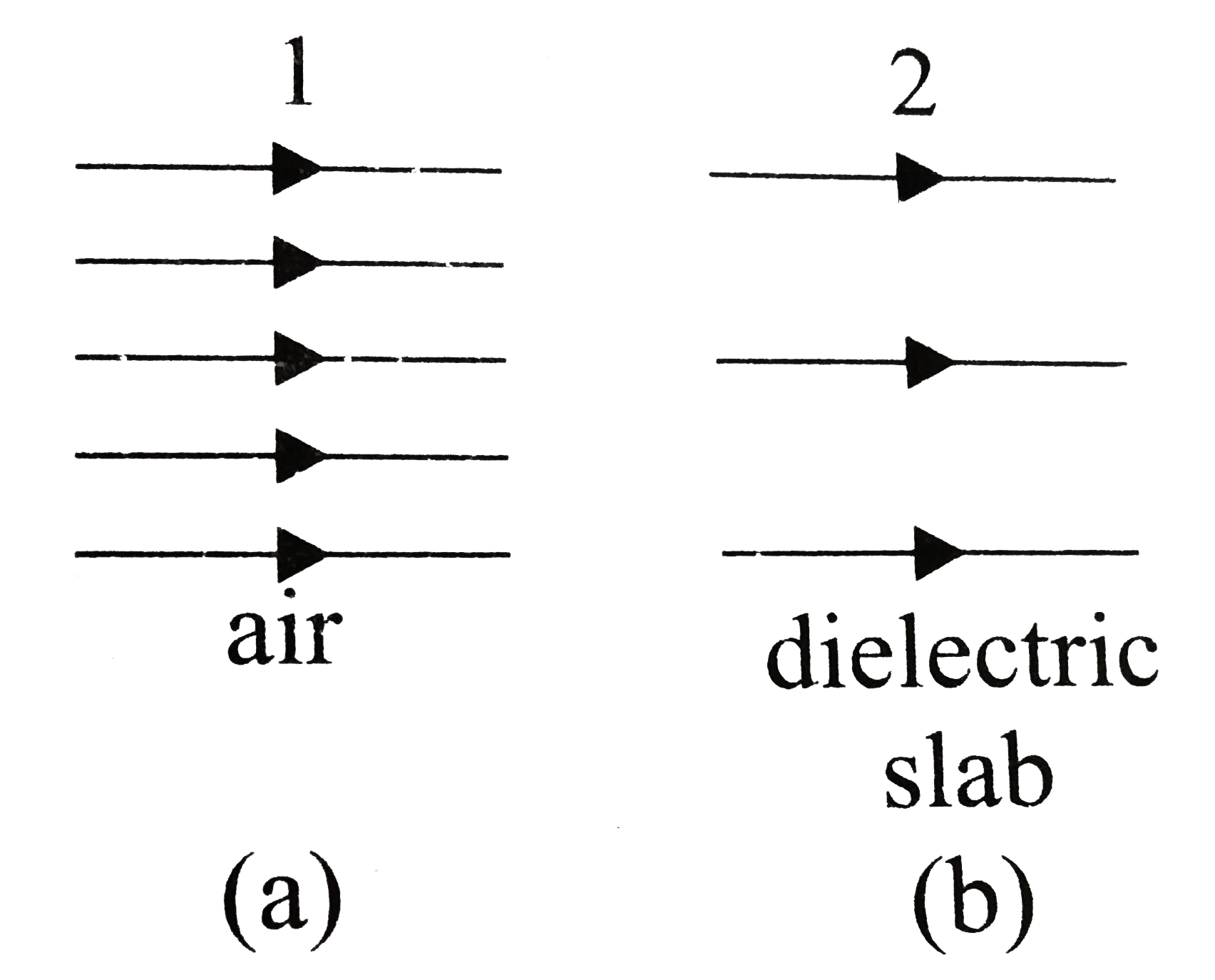Explain , using suitable diagram, the difference in the behaviour of a
dielectric in the presence of external electric field. Define the terms polarisation of a dielectric and write its relation with susceptibility
In contrast to conductors, dielectrics are non-conducting substances, i.e they have no charge carriers. Thus, in a dielectric, free movement of charges in not possible. It turns out that the external field induces dipole moment by stretching molecules of the dielectric. The collective effect of all the
molecular dipole moments is the net charge on the surface of the dielectric which produces a field that opposes the external field is so induced, that does not exactly cancel the external field. It only reduces it. The extent of the effect depends on the nature of dielectric

Both polar and non-polar dielectrics develop net dipole moment in the presence of an external field. The dipole moment per unit volume is called
polarisation and is denoted by P for linear isotropic dielectrics P = X
where , x is constant of proportionality and is called electric susceptibility of the electric slab
Similar Questions
Explain , using suitable diagrams , the difference in the behaviour of a (i) conductor and (ii) dielectric in the presence of external electric field . Define the terms polarisation of a dielectric and write its relation with susceptibility.
View SolutionWith the help of neat diagrams, explain how the nonpolar dielectric material is polarised in external electric field of increasing intensity. Define polarisation in dielectrics.
View SolutionWith the help of neat diagrams, explain how the nonpolar dielectric material is polarised in external electric field of increasing intensity. Define polarisation in dielectrics.
View SolutionWith the help of neat diagrams, explain how the nonpolar dielectric material is polarised in external electric field of increasing intensity. Define polarisation in dielectrics.
View SolutionHow will electric field inside a dielectric change on polarisation?
View SolutionDue to polarisation the electric field inside a dielectric is
View SolutionWhy does the electric field inside a dielectric decrease when it is placed in an external electric field ?
View SolutionIn figure , there are two patterns of electric field lines absent of dielectric and in presence of dielectric slab. The relative permittivity of the dielectric slab is
 , View Solution
, View SolutionIn figure , there are two patterns of electric field lines absent of dielectric and in presence of dielectric slab. The relative permittivity of the dielectric slab is
 , View Solution
, View SolutionWhy does the electric field inside a dielectric decrease when it is placed in an external field ?
View Solution

